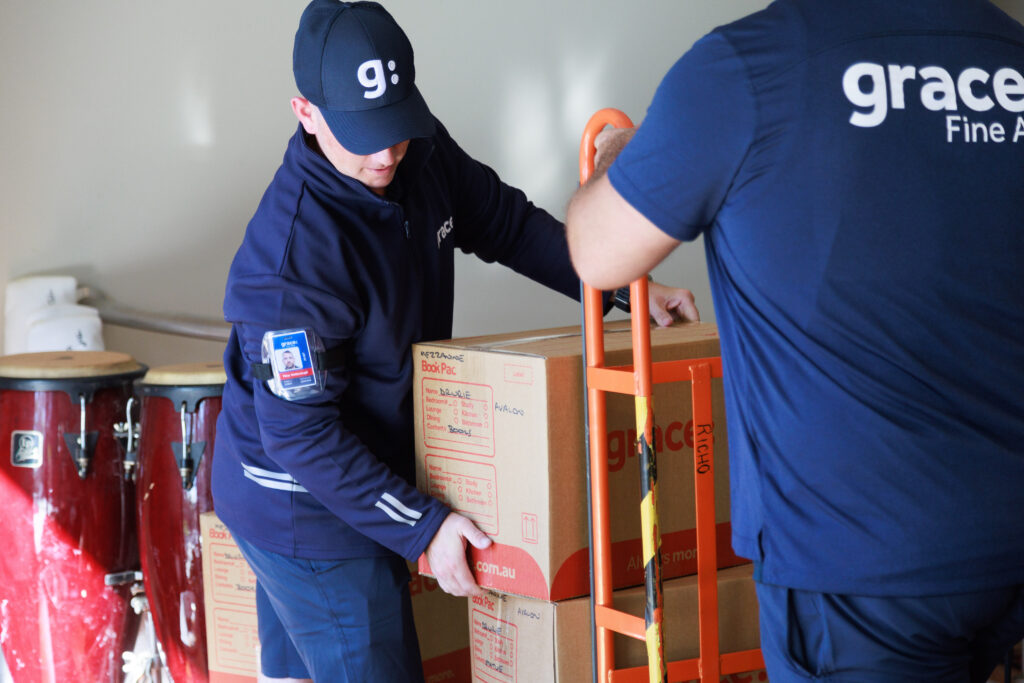Thinking about moving overseas? It’s exciting, but let’s be honest, it can feel a bit overwhelming too. One minute you’re picturing new adventures, the next you’re wondering how you’ll get everything (and everyone) from here to there.
If you’re not sure where to start, you’re not alone. An international move is a big step, but with the right planning, and the right removal partner, it can go a lot more smoothly than you’d expect.
This guide covers the essentials of international removals, from early planning right through to settling into your new home. Whether you’re heading overseas for work, family, or a fresh start, we’ll help you get there with confidence.
Laying the groundwork
Before you dive into shipping quotes, it’s worth getting the basics sorted. International moves take a lot more planning than local ones, so the earlier you start, the better.
Check off the essentials first – your visa, job, housing, and any school arrangements for the kids. These will shape your timeline and budget. If you’re moving for work, see if your employer offers any relocation support or has a preferred moving partner.
Budgeting is key too. Overseas moves usually cost more, and you’ll want easy access to funds once you arrive. Think about exchange rates, setting up international banking, and how you’ll manage day-to-day expenses in the first few weeks.
Ideally, give yourself 8 to 12 weeks to prepare, more if the move’s complex. That’ll give you time to research movers, sort paperwork, and tick off all the admin that comes with relocating overseas.

What’s involved in an international removal?
International removals are a bit more involved than just packing boxes and jumping on a plane. You’re looking at packing, shipping, customs clearance in both countries, delivery, and sometimes even unpacking.
Unlike a local move, your things go through several stages. For example, your boxes might be packed in Sydney, shipped from Brisbane, cleared in London, and delivered to your new place weeks later.
That’s why it pays to go with a removal company that knows the ropes. They’ll handle the paperwork, understand customs rules, and have local connections to make the whole process smoother.
How you send your stuff also matters. Sea freight is cheaper for big loads but slower, while air freight is faster but pricier. Some families do a mix, essentials by air, the rest by sea.
Practical tips for the pre-move stage
An international move is the perfect time for a good declutter. Since shipping costs are based on volume or weight, the less you take, the more you’ll save. Plus, some items may not be allowed into your new country, so it’s worth sorting through everything early.
Make an inventory of what you’re sending. It helps with customs, insurance, and keeping track of your stuff. Take photos of valuables and hang onto receipts if you’ve got them. And don’t skip insurance, when your belongings are travelling that far, it’s a must.
Packing for overseas is different too. Items can go through climate changes and long journeys, so proper materials and techniques matter. That’s where professional packers really shine.
Lastly, don’t forget the admin. Let your bank, insurance providers, subscriptions, and government agencies know you’re moving. You may need to organise mail redirection, and if you’ve got kids, start gathering school documents for the transfer.

The not-so-fun but super important stuff
Customs rules vary from country to country, and “I didn’t know” won’t get you far with officials. You’ll likely need a detailed inventory, proof of your new address, and sometimes evidence you’ve lived overseas for a certain period.
Commonly restricted items include food, plants, medicine, alcohol, and weapons, but what’s fine in one country might be banned in another. Some places also have limits on used goods or charge extra duties on electronics and luxury items.
A good removal company will know the latest rules and help you avoid surprises. Still, customs clearance can take time, especially if paperwork’s missing or something needs to be inspected. Build in some buffer time and budget just in case your shipment is delayed or needs temporary storage.
What happens after the move?
Delivery times can vary a lot depending on where you’re going and how you ship. Sea freight usually takes 4 to 8 weeks, while air freight is quicker, but customs can cause unexpected delays, so it’s best to keep your timeline flexible.
Your removal company should give you a heads-up on expected delivery dates and help organise access. In some countries, you’ll need to be there when your things arrive; in others, someone can sign on your behalf.
Many international movers also offer destination services like airport pick-up, short-term accommodation help, setting up utilities, or even cultural orientation, which can be a lifesaver when you’re tired and trying to settle in.
Moving overseas isn’t just about unpacking boxes. Give yourself time to adjust to new systems and ways of life. Kids often bounce back quickly, but a bit of patience and an open mind helps everyone settle in.

Your international adventure starts here
Moving overseas is undoubtedly a significant undertaking, but it doesn’t have to be overwhelming. With proper planning, the right removal partner, and realistic expectations, your international relocation can be the smooth start to your new adventure that you deserve.




